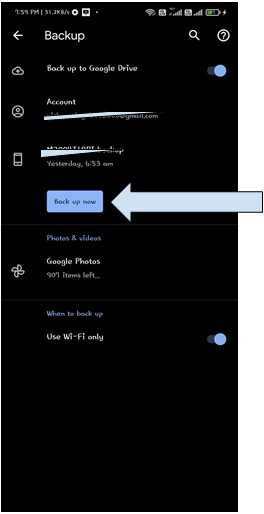Excel If Not Error- How to fix?
Microsoft Excel is incredibly robust, but, like any software, it isn’t devoid of occasional glitches or errors. One of the errors users commonly encounter while using Excel is the “If Not Error.” This typically occurs when users attempt to use IF and ISERROR functions together to handle errors in their worksheet. This error can be incredibly frustrating, but don’t panic! With a little bit of patience and a few key steps, you can effectively fix the “If Not Error” and get your Excel sheet back on track.
Understanding the IF and ISERROR Functions
Before we delve into resolving the error, it’s essential to understand the Excel functions in question. The IF function is one of Excel’s most widely used logical functions that perform a specific action based on a certain condition. The ISERROR function, on the other hand, assists in error-checking by checking whether a cell contains an error.
These two functions are often used together to handle errors and perform particular actions if an error exists in the formula. However, mistakes in using these functions together can contribute to the “If Not Error.”
For instance, a typical mistake is inverting the correct sequence of these functions, resulting in a formula like IF NOT ISERROR rather than the correct IF(ISERROR).
Correcting the Syntax
The key to resolving the “If Not Error” is correcting your syntax. Excel doesn’t recognize “If Not Error,” hence triggers an error message when encountering such syntax. Instead, you should use IF and ISERROR in a way that Excel can recognize and calculate.
For example, instead of writing `=IF NOT(ISERROR(A1/B1), “No Error”,”Error”)`, the correct syntax would be `=IF(ISERROR(A1/B1), “Error”, “No Error”)`.
This correct syntax works by checking if the specific division (A1/B1) results in an error. If it does, the formula returns “Error”, and if it doesn’t, it returns “No Error”.
Use IFERROR Function for Simplified Error-handling
While the combined use of IF and ISERROR is effective, Excel offers a simplified function to streamline the process even further. The IFERROR function handles errors by replacing them with a specified value or performing a specified action.
So, instead of using a IF(ISERROR) function, you can simply use an IFERROR function. The previous formula would be modified as `=IFERROR(A1/B1, “Error”)`.
This formula checks if the division (A1/B1) results in an error. If so, it directly returns “Error”. This simplification can help avoid the “If Not Error” entirely while still providing the desired functionality.
Get Comfortable with Error Handling
Becoming comfortable with error handling in Excel will give you more confidence and effectiveness when working with complex formulas and functions. Remember, errors are not always a sign of a serious problem. Often, they indicate minor issues that can be easily fixed once understood.
Check your syntax, pay attention to parentheses, and order your functions correctly. With these steps, you can easily overcome the Excel “If Not Error” and continue working efficiently with your Excel sheets.
Key takeaway: Don’t fear errors – conquer them! The ability to deal with errors like these demonstrates a deeper understanding of Excel, and contributes to your broader skill set when working with data analysis. It’s these little moments of problem-solving that take you from an Excel user to a true Excel master.






